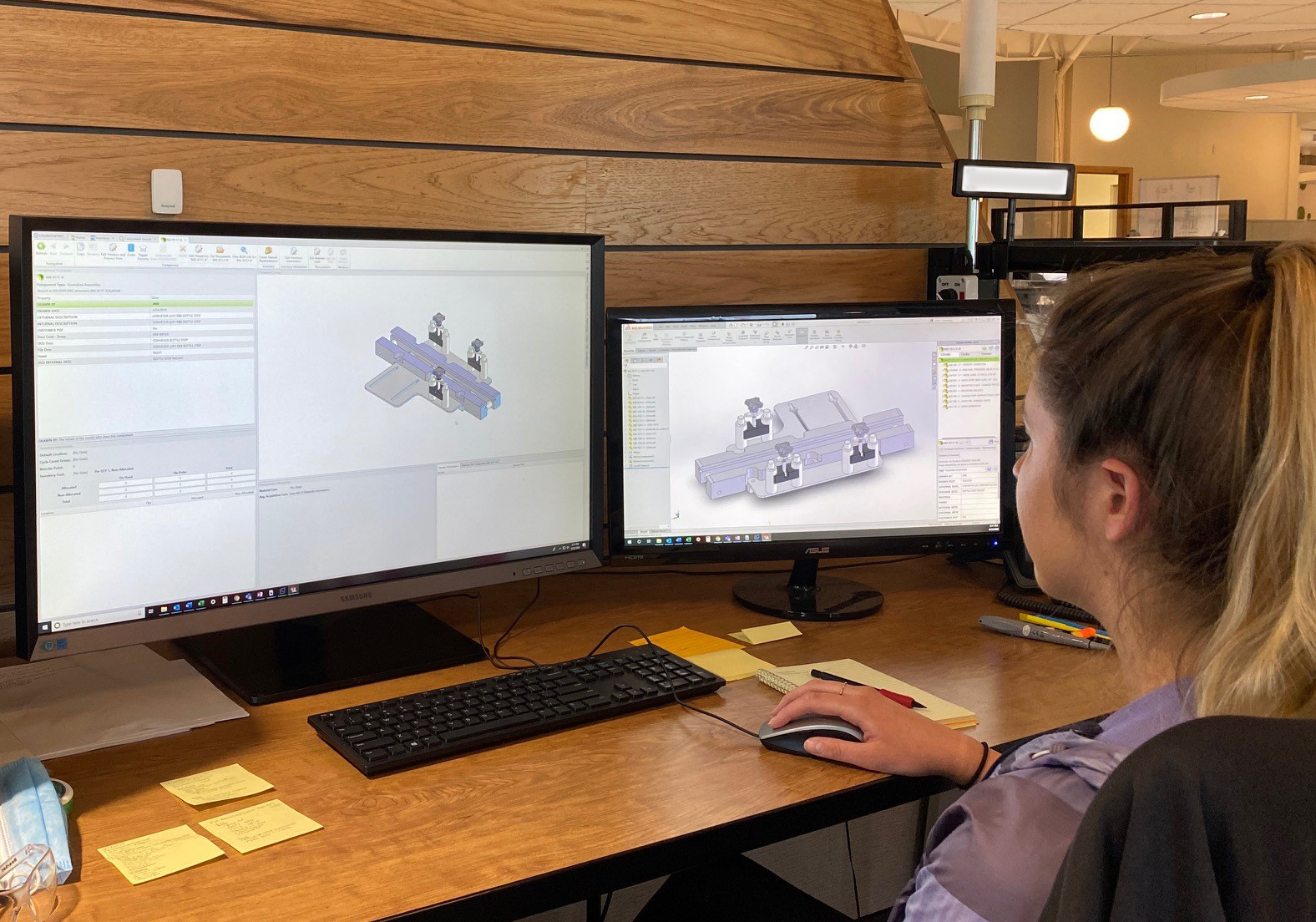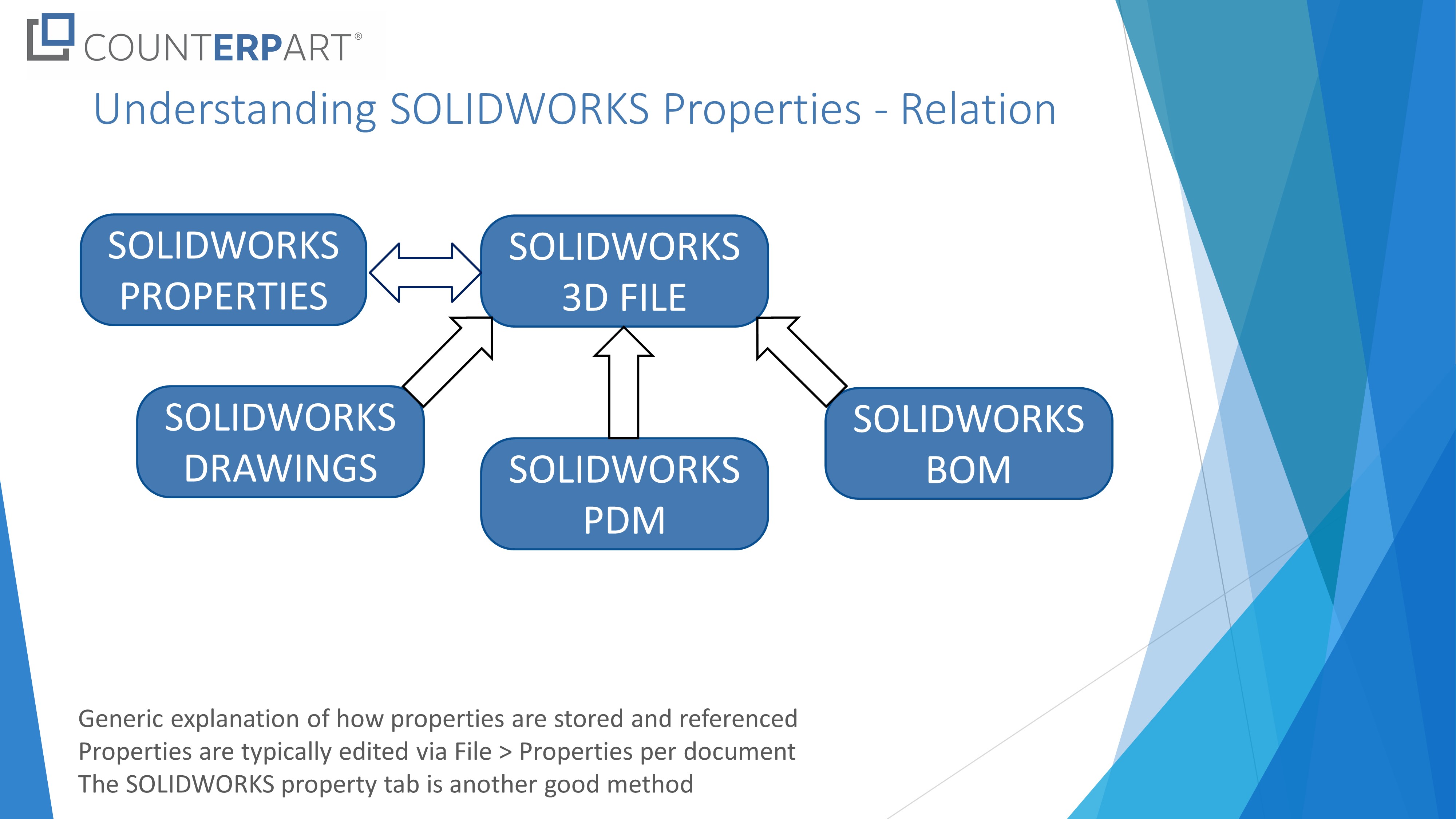By Andrew Schutte
 Unlike cutting tool manufacturers who produce the same product, the same SKUs, year after year, engineer-to-order cutting tool manufacturers are constantly managing revisions to meet the custom, one-of-a-kind demands of customers.
Unlike cutting tool manufacturers who produce the same product, the same SKUs, year after year, engineer-to-order cutting tool manufacturers are constantly managing revisions to meet the custom, one-of-a-kind demands of customers.
More than a third of all cutting tool manufacturers build custom cutting tools in two to six weeks from the day a customer presents a cutting tools concept. These companies have built thousands of one-of-a-kind cutting tools over several decades.
Recognizing that there may not be an off-the-shelf solution available, custom-built cutting tools require special attention. Often, cutting tool’s require sizing to achieve operating efficiency. Many OEM firms provide high quality, cost effective, custom cutting tools solutions.
ETO must be engineering centric
 Cutting tool manufacturers produce customized solutions specifically designed for streamlining workflow. The ETO manufacturing process means engineers are constantly making new and different components. For cutting tools engineers using Solidworks, integration is vital and even stronger if paired with Solidworks PDM. New assemblies with many shared components, while never the same, are ideal when looking to streamline the engineering-to-production flow.
Cutting tool manufacturers produce customized solutions specifically designed for streamlining workflow. The ETO manufacturing process means engineers are constantly making new and different components. For cutting tools engineers using Solidworks, integration is vital and even stronger if paired with Solidworks PDM. New assemblies with many shared components, while never the same, are ideal when looking to streamline the engineering-to-production flow.
These cutting tool industrial engineers are able to synchronize Solidworks and ERP data in real-time ensuring that production, purchasing, and engineering are continually aligned. Failure to synchronize a fully-integrated ERP solution will introduce human error.
Most custom cutting tools manufacturers are operating on thin margins and must create a competitive edge, reduce costs, and improve profit margins. In the ETO environment, reducing duplications and eliminating errors can only happen by gaining control over manufacturing processes.
Small or large operations must offer unmatched tooling services, ensuring customers receive premier custom cutting tools manufactured to precise and exact specifications. The buying process may start by browsing an extensive portfolio of custom tools or submitting a part print or sketch and take the step to increase business productivity.
From a CAD print, hand sketch or concept, best-in-class tool designers design and manufacture precision, custom cutting tools. Whether the application is production, prototype, or short run, technical ETO teams create a time-saving, productivity-increasing custom cutting tool.
Many companies can manufacture from a blank or standard tool in both carbide and high-speed steel (HSS) ground to exact specifications, and then must meet the strictest of tolerances. Each custom cutting tool is given an approval print for review and the digital files are maintained to ensure exact repeatability.
The ETO process
The process begins by finalizing the project design is finalized, approval by the customer, and the tool is manufactured. Second, the customer requests an updated design, which requires an additional slide. Third, the engineering team must know and communicate to purchasing and manufacturing what parts are changed (to stop manufacturing the older version).
The next steps include changing the design, getting it approved, and communicating with purchasing and manufacturing about what components were added, removed, and updated. Typically, this is a manual process that is prone to error.
Hours of duplicate data entry for engineers is a waste of time. Cutting tools engineers using Solidworks alone are challenged to create and maintain ERP data. Only with effective integration can engineering teams prevent production disruptions due to revision discrepancies. After a uniquely designed cutting tool enters manufacturing, providing the correct version of the Solidworks CAD is extremely important. This critical synchronicity is important because engineers continue working on updated designs.
Identify changes between revisions
Data integration allows engineers to drill into the bill of materials (BOMs) and item level discrepancies for each model. Automation for ETO cutting tool makers ensures highly paid engineers with unique skillsets are more productive. Contemporary ETO ERP solutions reduce the routine work so that experienced engineers design better cutting tools and quote more business. Automating nonvalue-added functions guarantees increased productivity and profits for cutting tools equipment manufacturers.
Lean manufacturing, focused on eliminating waste, removes the need for multiple tools when a custom tool affords a machine multiple features on a part with a single tool. From a step drill to a detail cutter. engineers help shop floors stay lean.
Andrew Schutte is general manager at COUNTERPART ETO ERP. Follow him on Twitter at @CounterpartErp.
Related Glossary Terms
- computer-aided design ( CAD)
computer-aided design ( CAD)
Product-design functions performed with the help of computers and special software.
- lean manufacturing
lean manufacturing
Companywide culture of continuous improvement, waste reduction and minimal inventory as practiced by individuals in every aspect of the business.
